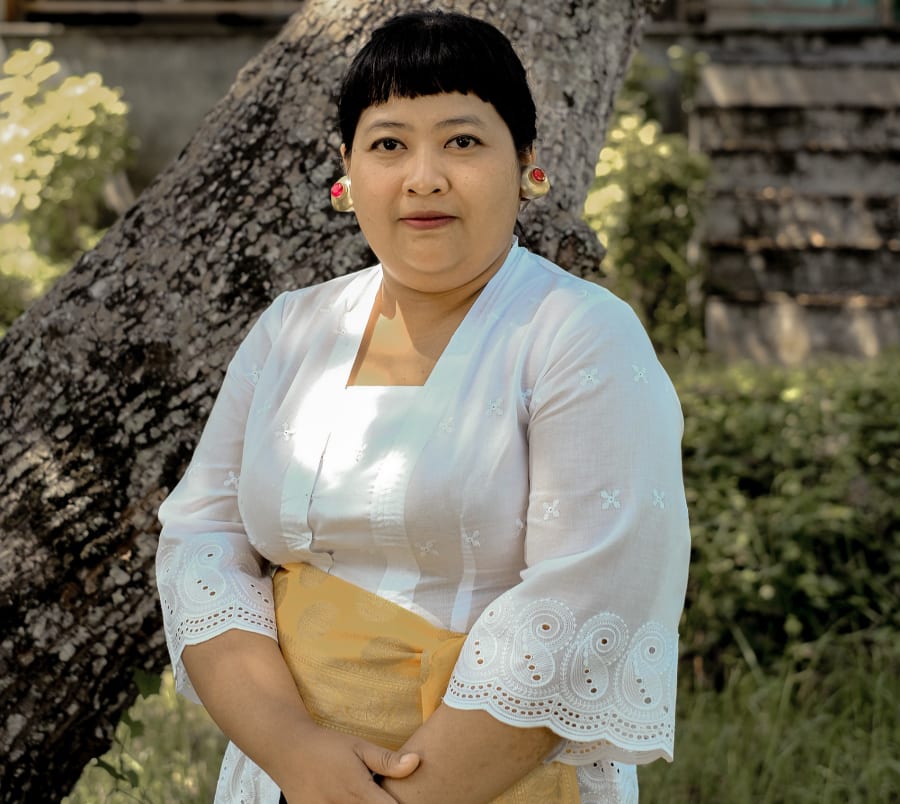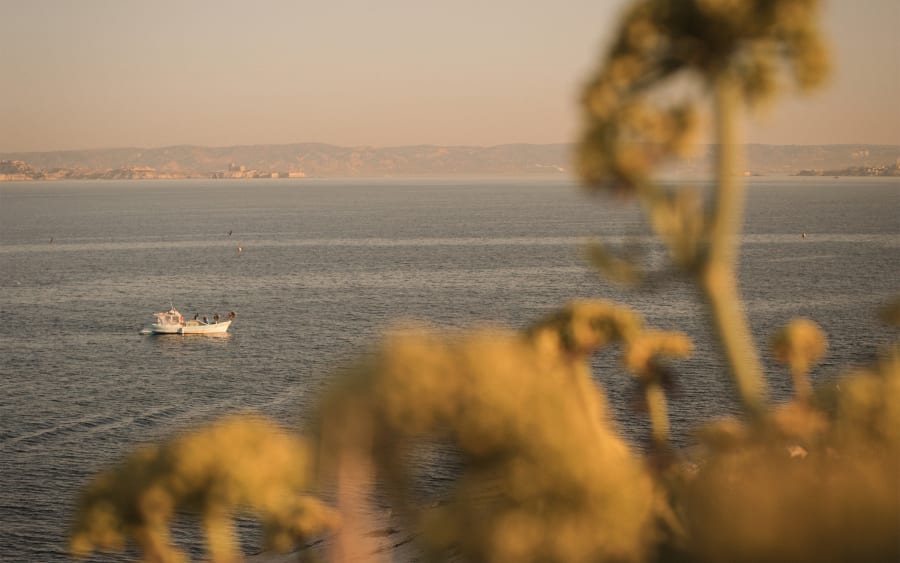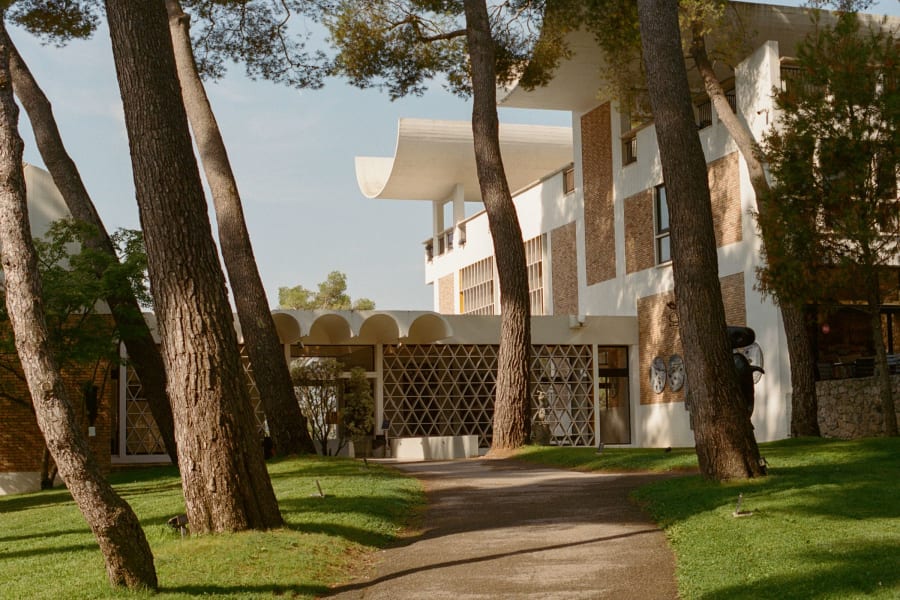Descregut is a Catalan word that can be translated as ‘incredulous’ or even ‘impious,’ but more commonly it refers to the typical mood among Barcelonians. ‘It implies an ironic distance from things, as if one didn’t quite believe in them,’ explains Joana Roda, a partner at the gallery Bombon projects, which opened in the city’s Eixample district in 2017. For the local residents, descregut is an attitude that rules out any sort of complacency. And yet they have many reasons to be proud of their city these days.
Major urban projects have recently been completed, substantially improving circulation in town, including with the pedestrianization of centrally located Consell de Cent street. The world-famous Las Ramblas avenue is next, with its ongoing redesign geared to serve an increasingly thriving art scene. A breath of fresh air is also felt in the art world. ‘Since my partner, Bernat Daviu, and I opened [the gallery], we’ve noticed a positive change in attitude within the contemporary art sector,’ Roda continues. ‘Back then there was a certain pessimism, and a long time had gone by since new galleries had opened, but that has changed at last,’ she adds. Among the city’s younger spaces, she cites Chiquita Room and Dilalica, as well as several independent non-profit sites, often run by artists: Cordova, Dràcul.la (the brainchild of the artist couple Mònica Planes and Alejandro Palacín), Halfhouse (in the studio of the sculptor Alberto Peral and artist Sinéad Spelman), Raccoon projects, Aguas, Fuga, and El Sielo.
These spaces make up the most cutting-edge art scene in Barcelona, while at the same time furthering the city’s own art tradition. Long before the advent of the movment La Movida (a term now somewhat worn out by overuse) in early-1980s Madrid, Barcelona already had its own underground scene, and key figures from that world – including the cartoonists Mariscal and Nazario – broke into the mainstream without compromising on their pioneering spirit: Mariscal would become the creator of Cobi, the eccentric mascot of the 1992 Summer Olympics, while Nazario took his homoerotic comics to regular newsstands.
Another of Barcelona’s specialties is major international events – a tradition dating back to the Universal Exposition of 1888. Just over a century later, the story continued with the Olympic Games in 1992, a true before-and-after moment for the city. This year, sailing’s America’s Cup will be held in Barcelona, something that has been received by the local population with mixed reactions. Similar ambivalence is noted among the art community about the 15th edition of Manifesta, the nomadic European art biennial, which will be taking place in Barcelona from September 8 through November 24 of this year. ‘We’ll judge Manifesta by its results,’ says the gallerist Silvia Dauder, before adding: ‘I don’t think it has had much impact so far, not for me at least.’ Yet Manifesta is putting its best foot forward. In an inspired move, the roving organization has chosen to hold most of its program in locations on the urban periphery rather than in Barcelona’s city center, which is under incredible stress due to the combined pressures of excessive tourism and gentrification.
The Dutch art historian Hedwig Fijen, the founder and director of Manifesta, has high hopes for this edition. ‘“Manifesta 15 Barcelona Metropolitana” is the largest edition to date,’ she explains. ‘The main strengths are the geographical scope of municipalities, the inclusion of radical local participants, and a diverse and inclusive program exploring how we can deal with social and ecological changes and how an artistic narrative can bring a feeling of hope and a call for change.’ She continues: ‘The shift away from the touristic center breaks down the natural boundaries around the city of Barcelona. It reflects an ambition to transgress these borders and open it up towards its wider region.’
Critiques of colonialism and the impact of climate injustice, common themes within contemporary art discourses, will lie at the core of this Manifesta, coming as a surprise to no one. But there will also be debate over issues including the dynamics between center and periphery and the future of our cities. ‘We hope for a discussion about how to connect the metropolitan cities with a mobility solution and a permanent cultural ecosystem,’ Fijen adds.
Tensions between center and periphery have spread to the gallery sector, which is divided between a wide central zone (home to Prats Nogueras Blanchard, ProjecteSD, àngels Barcelona, Bombon projects, ADN Galeria, Zielinsky, and Mayoral, which has just opened a new space devoted to emerging art) and a peripheral area (in the town of L’Hospitalet, one can find Galería Alegría, Ana Mas Projects, ethall, and L21). These tensions are very familiar to the Portuguese artist Carlos Bunga, who has been living in the region for 15 years. Bunga opened his studio in Mataró, a former center for the textile industry that’s 30 kilometers from the Catalan capital, in 2009: ‘It is one of those cities on the periphery of Barcelona’s metropolitan area, but no less active because of its location. Many people from the Catalan art scene are based here – Gisel Noè, the director of MAC museum, curators like Manel Guerrero and Linda Valdés, the artists Domènec, Martí Anson, and Dani Montlleó, and there are others who come quite often, like Xavier Ribas and Andrés Galeano. So I feel we are very connected.’
Nothing comes easily in Barcelona. Grumbles have greeted the recent appointment of Manuel Borja-Villel, the former director of the Reina Sofía Museum in Madrid, as an upper-level official for the Generalitat (Catalonia’s regional government), now given the mission of coordinating the expansion of the MNAC, the National Art Museum of Catalonia. Borja-Villel’s legacy at the Reina Sofía is highly valued but he has also proven to be quite divisive. Dauder, whose gallery ProjecteSD is one of the city’s most prestigious, as well as one of the oldest (it opened in 2003), welcomed his redeployment. ‘His work will be controversial and raise criticism,’ she predicts. ‘However, important things are sure to take place as a consequence. Things are always happening in Barcelona. We just don’t talk much about it.’
The collector Asier Tapia, born in the Basque Country but based in Barcelona, also highlights Catalan discretion: ‘There are great collections here, but there is a distaste for exhibiting them publicly. They are not opened to general audiences, and we only find out about them among art collectors.’ As an example, he mentions Aurèlia and Carlos Usandizaga, whose collection includes names like Dan Graham, Dahn Vô, and the Catalonians Lara Fluxà and Daniel Steegmann Mangrané; they do occasionally open the doors of their residence at the north end of the city to fellow collectors. ‘We would like to think that contemporary art in Barcelona is making a comeback, because there are fine exhibitions, new galleries, and also some young collectors,’ the Usandizagas enthuse.
The main pillar that ties together the local and international scenes is MACBA, the contemporary art museum that will be celebrating three decades next year. The institution is currently busy with a project to enlarge its building, originally designed by the architect Richard Meier. The Córdoba-born Elvira Dyangani Ose, its director since 2021, lived in Barcelona in the late 1990s and early 2000s, when she was a student, though she later spent much of her career in London. Upon returning, she found the city had significantly changed, but recognizes that it hadn’t lost its revolutionary spirit. ‘I notice an enthusiasm for rebellion and rejecting conventional norms, even among artists who align closely with contemporary standards,’ she says. ‘I have always viewed the museum as part of a larger network, a sort of rhizome with the cultural workers lying at its roots.’
Many private initiatives complement the work of institutions like MACBA, and the city’s other public art organizations – MNAC, the Picasso Museum, CCCB, Hangar, La Virreina, CaixaForum, Arts Santa Mònica, and Fabra i Coats. Among them, the Miró, Tàpies, Suñol, and Vila Casas foundations are most notable. One could also mention KBr Barcelona and Foto Colectania, dedicated to photography. More recently, the Museum of Forbidden Art (owned by the collector and media magnate Tatxo Benet) and Moco Museum Barcelona have joined the list. The art offerings are vast and almost always of the highest quality.
Actually, Barcelona has always produced and shown good art, but collecting remains a specialist interest – one that doesn’t seem to hold very deep roots. Yet Rebeca Blanchard, Àlex Nogueras, and Patricia and Marta de Muga, partners at the Prats Nogueras Blanchard gallery (created earlier this year as a merger between two pre-existing galleries), underline that the failure to pass the tradition of collecting down from one generation to the next is partly offset by the European population owning second homes in the city. ‘Whereas in Madrid you will find Latin American collectors, we have many collectors from countries like Switzerland, Germany, and France, who live in Barcelona for part of the year. They are very respectful and open-minded. Furthermore, many of them are interested in Catalan artists, which we find quite nice of them.’
Their interest isn’t hard to understand. As with any art scene, buoyancy often comes from the artists themselves, something Dyangani Ose was quick to recognize. ‘Being at the helm of MACBA, I often receive very interesting, highly interdisciplinary proposals, and my encounters with this dynamic Barcelona remind of the city I knew over 20 years ago,’ she says. ‘I feel like this energy is now being recovered. Barcelona is beginning to believe in itself.’
Ianko López is a Madrid-based art writer and critic, working for several Spanish titles, such as El País, Vanity Fair Spain, Harper’s Bazaar Spain, and El Periódico de España.
Manifesta 15 Barcelona Metropolitana will be held from September 8 to November 24, 2024.
All photographs and videos by Emma Rahmani for Art Basel.
Published on September 2, 2024.


